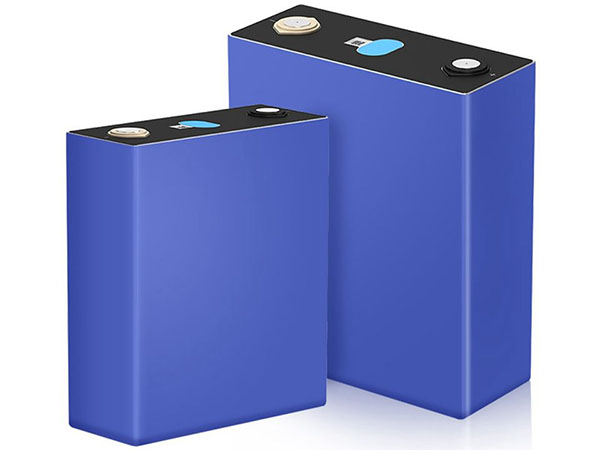What Materials Are Used in Lithium Batteries?
- 27 março, 2023
- 4515 views
Lithium-ion batteries use lithium ions to create an electrical potential between the positive and negative electrodes of the battery. A thin layer of insulating material called a "diaphragm" sits between the two sides of the battery, allowing lithium ions to pass through while blocking electrons.When the battery is charged, lithium ions move from the positive to the negative terminal through the diaphragm. When the battery is discharged, the ions move in the opposite direction.The movement of lithium ions creates an electrical potential difference called "voltage". When you connect your electronic device to the battery, electrons (not lithium ions) flow through your device and power it.

What Materials Are Used to Make Lithium Batteries?
Now that we've discussed what lithium-ion batteries are, we can discuss all of their different components and materials.
Lithium Batteries
The large lithium batteries seen in boats and RVs are actually made up of many smaller cells. Each of these cells has an anode, a cathode, and an electrolyte. Each of these cells is therefore a battery that can technically operate independently. The manufacturer then connects them together to produce the desired voltage.
When electrons move from the anode through the electrolyte to the cathode, the cell produces electricity. The anode is usually made of some kind of oxide metal, such as graphite or zinc, while the cathode is usually made of some kind of lithium oxide.Basically, the anode is supposed to lose electrons and the cathode is supposed to gain electrons. On the other hand, the electrolyte is usually some kind of lithium salt solution that can transport electrons. It is this lithium salt that provides the excess electrons for battery operation.
Electrons and components
So how do these individual cells connect to create larger, more powerful battery packs? With wires and terminals, of course! Essentially, the cells are connected to each other in a way that allows electrons to flow seamlessly through the system. The positive terminal (cathode) is connected to the negative terminal (anode) through copper and aluminum terminals and wires.
Finally, there is a Battery Management System (BMS) within each cell. This important component monitors everything from cell temperature to the charging and discharging of each cell.
Battery Housing
Last but not least, there needs to be a way to protect all of these important components. The battery case performs this important function. Typically made of plastic, rubber or silicon, the tough exterior of the battery protects the battery, internal wiring and BMS from external elements that can interfere with battery function.
If you want to know more information about lithium batteries, please contact us. We will provide professional answers.
- Categoria:
- O negócio
- Sem comentários



